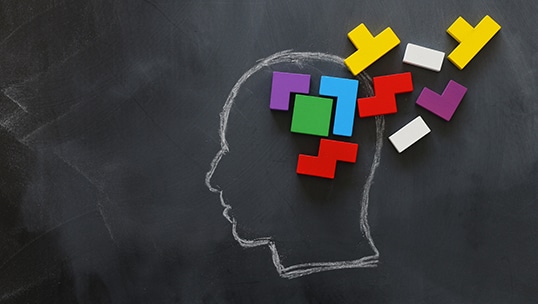
Social distancing. Hybrid classrooms. Remote learning. These are among the many phrases that, in the past year, have become central to every educator’s vocabulary. But of the many terms that have become commonplace for educators since 2020, not all of them are new. While learning loss is a dilemma that has always existed, new light is being shed on it as a result of the drastic changes to learning required by the pandemic. As we look to tackle learning loss on a larger scale than ever before, it’s important to take stock of what we already know about it and consider how we can use that information going forward.
Here is what we know about learning loss and students’ developmental, social, and emotional needs:
The issue of learning loss has been around for years and is generally the result of prolonged absences from school or the extended break from learning during the summer. Typically, schools and districts have worked to provide programs and supports to help mitigate the amount of content that students have missed, forgotten, or not been exposed to.
We know that the closing of schools in 2020 caused students across the country in varying learning situations to forget, miss, or not be exposed to some content or learning. But this loss of learning may feel greater than the losses that have occurred in the past because it potentially affects thousands of students. So, the question we must ask ourselves is: How do we thoughtfully plan to support student learning in the fall?
This year stretched us all in many ways. We had to learn how to navigate a new way of living and learning. As adults with many more years of life experiences than our students, we have learned to find ways to meet our social and emotional needs and weather these challenges. Our students, meanwhile, need developmentally appropriate support and guidance in order to continue growing and learning to navigate the unique social and emotional challenges of the pandemic.
To effectively address students’ learning, we must work to support student success in all areas, not just academic ones. This means using what we know about the developmental needs of students to consciously prioritize their social and emotional needs. Here, the question we must ask ourselves is: How do we thoughtfully plan to support students developmentally, socially, and emotionally in the fall so that academic learning can effectively happen?
It can be difficult to notice and consider the positives that emerge from challenging times. However, because of 2020, we now have greater insight into, and a better understanding of, what practices and learning formats work best for our students and which need work. We have the opportunity to use this new knowledge to plan differently moving forward. Take a moment and reflect on the following:
This school year, educators have been using practices like Morning Meetings as an anchor to support building and strengthening a classroom community and as a way to meet the social and emotional needs of students. Educators across the country have found creative ways to meet students’ needs in virtual settings and across three- to six-foot distances. Educators have created, discovered, and explored a plethora of digital platforms created to support student learning on varying levels. Though learning loss is a dilemma that has been around for years, it is a dilemma that has made its way to the forefront during a time in which we have more awareness, resources, skills, ideas, supports, and practices than in years past.
Jane Cofie is the director of curriculum and instruction for Center for Responsive Schools and the author of the book Strengthening the Parent-Teacher Partnership.